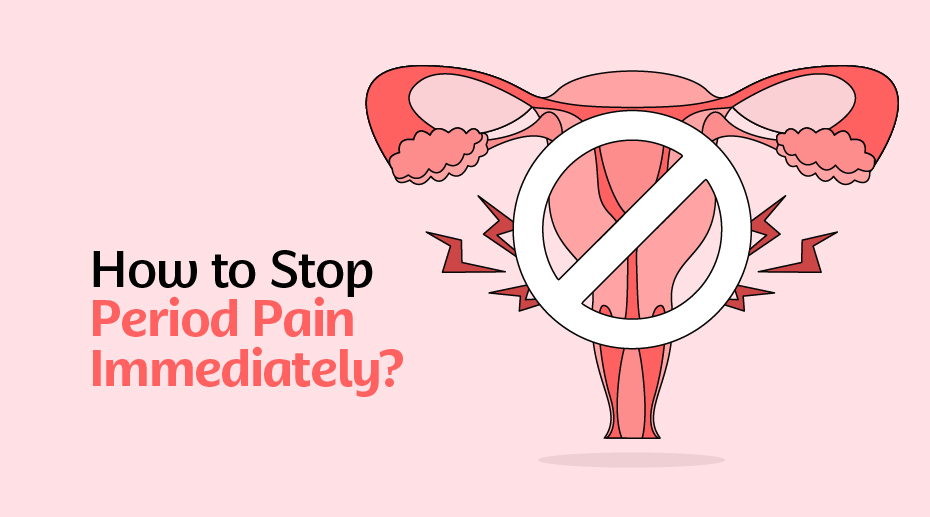

Why Should Dietary Fiber Be A Part of Your Daily Diet
One of the most familiar pieces of advice that you might have grown up hearing from your mother or other adults and might still be getting from doctors or health-conscious people whenever you mention any health concern is – “TO EAT MORE FIBER.”
Well, it can be annoying to get the same advice from everyone but it is 100% true and something you must make a habit of.
Before we sing praise about the goodness of dietary fiber, let’s understand what it is and why it is given so much importance.
Dietary Fiber – Introduction and Importance
Dietary fiber is usually picturized as tasteless, green, raw food that one has to munch on and swallow like medicine. Thankfully, it is nothing like that.
Dietary fiber is simply a non-digestible carbohydrate found in plant-based foods such as wholegrain cereals, beans, pulses, fruits, and vegetables. It is not just one specific compound, but a complex group of many compounds whose main role is to keep the digestive system healthy.
Also known as roughage or bulk, dietary fiber includes indigestible parts or compounds of plants that the human GI (gastrointestinal) system cannot absorb and hence pass relatively unchanged through the stomach and intestines.
Now, we know what you might be thinking if its role is to simply pass through the gut, what sense does it make to include it in our daily diet?
Well, wait for the benefits of consuming dietary fiber. You will be surprised to know then how much it is important for your health. In fact, according to the Food and Drug Administration, the recommended amount of daily dietary fiber for a typical adult is 28 grams per day in which women should try to eat at least 21 to 28 grams of fiber a day, while men should aim for 30 to 38 grams a day, and children between 1 to 18 should be given 14 to 31 grams of fiber per day, depending on their age and sex.
Types of Fiber
Did you know that there are various types of fiber? Yes, Dietary fiber is classified into two categories – Soluble and Insoluble.
Soluble fiber acts like a sponge. It soaks up water to form a gel-like material which helps to bulk out our poo (feces) creating a softer stool consistency, and aiding in the easier transition of stool from our intestines.
While, Insoluble fiber is the one that doesn’t dissolve easily but also adds bulk to our stool and promotes the movement of it through our digestive system, smoothly and easily.
Although most plant foods contain a mixture of both, soluble and insoluble fiber, you will find soluble fiber in oats, peas, beans, apples, citrus fruits, carrots, barley, and psyllium, while whole-wheat flour, wheat bran, berries, nuts, and seeds, beans, and vegetables, such as cauliflower, green beans, and potatoes, are good sources of insoluble fiber.
Now, there’s no debate about which one is better as both are equally beneficial for our health and there is a lot of overlap between both fibers but remember, not all fibers carry health benefits. Some of them are mostly useless and hence one must consume a wide variety of high-fiber foods to stay healthy and fit.
Since you might have understood what dietary fiber is, let’s dive into its amazing abilities that can do wonders to your health. Ready?
Regulates bowel movements – Constipation is no joke. It is a serious condition and if worsens, increases the risk of colon cancer. Hence, if you are facing trouble passing stool, you must pay attention to your fiber intake because adding high-fiber food into your meals will not only help you pass your stool easily but also will ease other symptoms of constipation such as abdominal pain, bloating, pain with defecation and straining, etc. And guess what, if you are having loose motions then too fiber comes to rescue as it helps in solidifying the stool by absorbing the water.
Maintains overall gut health – Gut health affects overall health and an imbalance in it means an invitation to not just various gastrointestinal disorders diseases like Irritable Bowel Syndrome (IBS), Hiatal Hernias, Gastroesophageal Reflux, Diverticulitis, Hemorrhoids, Colorectal Ulcer, etc., but also to other health problems like heart diseases, endocrine disorders, sleeplessness, skin irritations, disturbed mental health, etc. Therefore, a high-fiber diet is important to help remove the waste out of our body and maintain a healthy gut microbiota for the proper functioning of all other systems in it.
Helps manage weight – High fiber foods are often bulky and, therefore, you’re likely to eat less and stay satisfied longer. So, there is no chance of over-eating which is the main reason behind weight gain. Moreover, they tend to take longer to eat and have a lower energy density, which means they have fewer calories for the same volume of food.
Reduces blood sugar spikes – Refined carbs such as white flour and added sugar are stripped of most of their fiber. When consumed in large amounts, they shoot up the sugar and insulin levels in the blood putting you at risk of developing diabetes and if you already have Type 2 diabetes, then you must avoid such food and switch to a high-fiber diet immediately because fiber delays the absorption of sugars from the intestines and help improve blood sugar levels.
Lowers odds of heart diseases – Cardiovascular diseases can happen to anyone, anytime, at any age and with the present lifestyle, it has become more common. One of the best ways to prevent it and to maintain the levels of cholesterol, blood pressure, etc., is to stick to a high-fiber diet daily. Increasing dietary fiber and wholegrain intake will help reduce total cholesterol and low-density lipoprotein (LDL) cholesterol, also called ‘bad cholesterol,’ which is a major risk for heart conditions.
Apart from the above-described benefits, fiber foods also help strengthen our immune system, bones, mental health, lifespan, oral health, etc. which are enough to prove their importance of it in our life.
Tips to Make Your Diet Fiber-rich
We understand you might be clueless about how to suddenly make your diet fiber-rich. Don’t worry, check out a few of our suggestions.
- Jumpstart your day with cereals that contain fiber foods such as barley, wheat, or oats.
- Replace refined grains (white bread, white rice, etc.) with whole grains (100% whole-wheat bread, brown rice, whole wheat pasta, etc.)
- Make sure your meal includes a serving (or two) of vegetables
- Snack on fruits with their skin if possible as they are fiber-rich but avoid fruit juices
- Curb your hunger with fresh/dry fruits, low-fat popcorn, nuts, or whole-grain crackers
- Beans and pulses are great meat alternatives. Try to add them to salads, soups, and side dishes
Note: If you are making the switch to high-fiber food, don’t forget to drink a sufficient amount of fluids to match the increase.
Conclusion
It’s not easy to make a sudden healthy swap in your diet, you should also start with small changes because small choices become habits, and also introducing too much fiber too quickly into your diet can result in intestinal gas formation, abdominal bloating, pain and cramping, and other uneasiness.
Take one step at a time. Stick to the recommended range, and slowly introduce fiber into your diet to avoid any negative outcomes.
In short, start small, and grow strong.












